Why Teens Need the Arts for Self-Expression a guest post by author Rayne Lacko
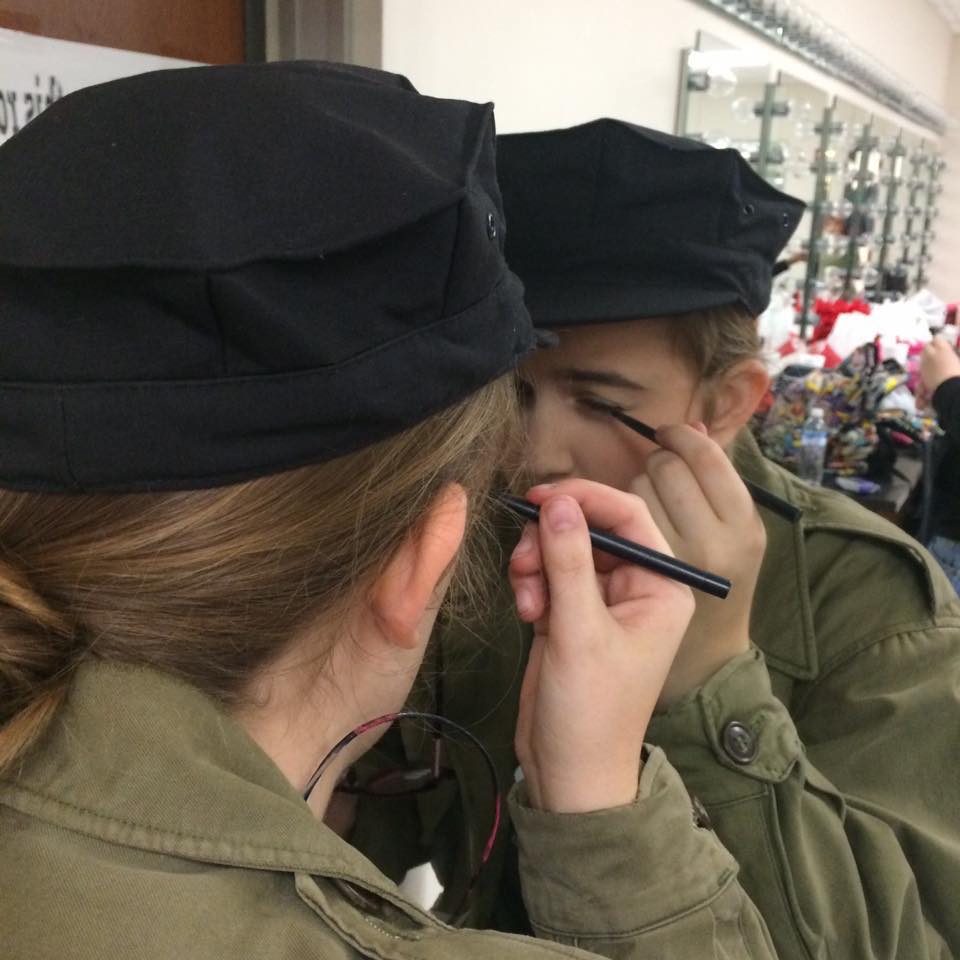
In the Young Adult section of your library a teen is searching for stories about high-schoolers who’ve unlocked answers to deeply personal concerns — about life, family relationships, friends, school, body image, dating, the future, gender issues…the list feels endless. One area of concern may be causing more stress than others, or maybe ten different stressors are battling it out. The library is a safe and familiar place to find answers from trusted sources, even if the advice comes from a fictional character.
Increasingly, public schools are turning to counseling and outreach to alleviate the epidemic of anxiety and depression affecting adolescents nationwide. Community support raises awareness and helps educate teens about the importance of self-care.
ADVERTISEMENT
ADVERTISEMENT
However, there’s a fun and effective solution to managing fluctuating teen emotions and mental health that is proven in countless studies, and is relatively easy for budget-minded libraries to implement: the arts.
Creating space for teens to express themselves using their inherent creativity is a proven method of relieving stress and significantly decreasing anxiety, depression, and suicidal thoughts — while helping to improve students’ interest in school and overall happiness. It’s well-documented that music students tend do better in math, and that drama club kids have the best attendance records. But let’s look at the whole person, that teen in your Young Adult section and the adult she may one day become.
How Does Engaging in the Arts as a Young Person Improve Your Library’s Future Community?
In a recent study published by Arts.gov, Arts Education and Positive Youth Development:
Cognitive, Behavioral, and Social Outcomes of Adolescents who Study the Arts, visual arts students reported significantly higher levels of school attachment than did non-visual arts students, and for every year of arts study, there was a 20% reduction in the likelihood that an adolescent would ever be suspended out-of-school. It’s fair to interpret this stat as library-goers becoming more engaged, respectful of property, and just plain caring. Even better, adults who had taken arts coursework were 26% less likely than those without high school arts coursework to have ever been arrested. Each additional year of arts coursework was associated with a 9% reduction in the risk of being arrested. But do the arts only benefit the “artsy” people?
Keith Sawyer, Ph.D., professor at the University of North Carolina’s School of Education, says,
“It’s a myth that creativity is just something you’re born with or that lands as one brilliant aha! The reality: Creativity is a way of thinking and acting that we can all get better at.”
That teen in your Young Adult section is struggling to express her feelings, and creativity is her innate language. There has never been a better time to establish a social-emotional program for young people, but you may be wondering how. You, dear librarian, are an artist, and with the right tools you can facilitate a break-through program that will create a positive and lasting shift in your community.
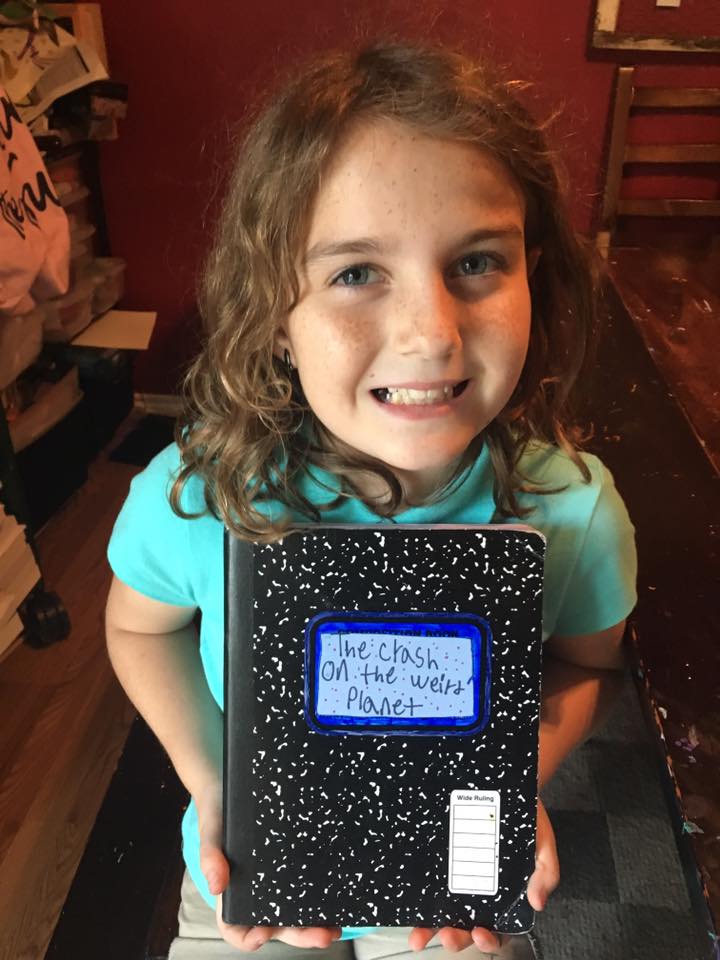
What I’ve Learned About Facilitating Creativity With Teens
I work with many creative teens, and continually observe how making art alleviates pain. Writing, drawing, and listening to music help you realize what is going on inside, especially when you pause to examine your own creations. It also bonds you with others, because when you dare to share your art, you give others an opportunity to care about you, satisfying Jungian needs to feel loved and have a sense of belonging.
Now that I’ve name-dropped Jung, please let me clarify: facilitating a social/emotional workshop does not require special training. I chose to earn certifications to teach youth in juvenile detention to write poetry, and to provide Teen Mental Health First Aid. But what’s become clear to me is that first aid is only necessary when a young person refuses to speak of what is going on in his/her/their heart and mind.
What’s dangerous is when pain is unexpressed. Shining a light on one’s own feelings, finding the exact words or images to articulate pain, trauma, disappointment, or fear relieves it of its power. Editing it, rewriting it, giving it over to a made-up character who is stronger, smarter, faster, and maybe has wings and a secret hiding place doesn’t hurt either.
Each person has an individual approach to self-expression, so it’s important to offer a mix of creative opportunities in one program. In the self-guided workbook, Dream Up Now, which I co-wrote with Lesley Holmes, we offer creative activities including writing, acting, poetry, drawing, dancing, making music, meditation and movement — even decorating. We refer to all creative expression as “art.”
How Does Art Heal Pain?
Art is born of the very human need to express who you are. Art gives you the words you may find impossible to say. Art gives you a language all humans can understand. Art allows you to play, and play is how we all first negotiated with the big, unknown world before we could put a name to our feelings.
Art gives you an opportunity to take an ugly, painful memory and pluck it out of your head and stick it on the page (or in a song, or a drawing, or even blow it away with your breath.) Once that ugly scene is out, and all the emotions tied to it come out as well, it loses its power to hurt you.
Art gives you freedom to use your hands; hands are always looking for something meaningful to do. Creating something that represents a portion of your inner world is probably the most rewarding thing you can do with them.
Structuring a Writer/Artist Workshop
• Announce the time, place and age range of your safe, inclusive workshop welcoming writers, graphic novelists, scriptwriters, songwriters, doodle-sketchers and other creatives at all levels and in every genre.
• Introduce yourself and give context about how you are an artist: You may be a margin doodler, playlist curator, or baker of pies; or you may be a poet, painter, or sculptor. Simply highlight an activity that makes you feel playful and creative! Give each participant a moment to say his/her/their name, and area(s) of creativity.
• Introduce the Summation Word (a single word to represent the participant’s current state. It may be a color, a symbol or just an adjective). Participants can offer theirs, or quietly become aware of how they feel in that moment and boil it down to a single word.
• (Optional) Micro Goal-Setting – What do the participants want to aim for in the next 24 hours?
• Introduce a creative activity(is) that allows emotional expression. If you choose to confront difficult topics, be sure to have a complementary activity to transition into feelings of strength, wisdom, freedom, and growth.
• Creativity time – Allow the participants to safely explore their emotions. Focus on finding the heart of the problem. Then, look for the hope that comes from greater understanding, any perspectives of others involved, and/or a path to greater self-esteem as a result of the participant’s resilience. If the participant isn’t satisfied with what they’ve drawn or written, the best solution is to make more art.
• Circle Time – All participants leave their tables and chairs and gather in a circle on the floor to share whatever they created that day. It isn’t mandatory to share. Uphold the rule of kindness: participants are welcome to say what they like, what stands out for them, or ask a question.
• Revisit the summation word. Has it changed? Have the participants take a moment for personal reflection. Invite everyone to share their word with you and/or the group. This debriefing helps the participants build self-awareness and finish with positivity and motivation.
As your workshop becomes established, ask your participants to watch for repeats. Are there any topics, or people, or events they keep mentioning? What words do they tend to use the most? Which emotions trigger the most discomfort, and which emotions are they working the hardest to feel more often?
Be sure to bring all your activities every time. Because emotions show up, disappear, and then return again, each activity can be revisited. As circumstances change and insights are discovered, feelings change. It’s worthwhile to review completed activities from previous workshops and ask: Is it still true? If the participant created another piece of writing or art, would the results be different now?
Results Matter: Ingredients of Successful Social-Emotional Workshops for Peers
You’re probably familiar with Robert Frost’s famous quote, “No tears in the writer, no tears in the reader.” Include a box of tissues in your workshop budget, and be prepared to let your participants experience their authentic feelings.
It is essential that every workshop includes closure. What this means is that every activity aimed at opening a safe place for emotions to emerge must also include a constructive, uplifting activity to release them. A successful workshop ends with participants feeling lighter, wiser, and freer than when they walked in.
When confronted with someone who is struggling with difficult emotions, most of us rush to remove the discomfort, or try to “make it all better.” For the workshop, put aside that heartfelt urge and allow feelings to come however they may. Talk about the creative process and how art springs from humanity — and humans feel. It’s why art moves us. Trust the goodness that comes from honest examination of one’s own life. That said, it’s important to set boundaries to limit the time spent exploring darker emotions before switching gears to finding insight and release.
I recently led a two-hour workshop on the topic of loss and grief. There were three parts: the first to recall an experience of deep change, loss, or grief and write or paint a scene outlining the details. Next, the group completed a list poem, mentioning 10-20 lines beginning: I forgive you for_______. By insisting on at least 10 things to forgive, the participants needed to dig deep and uncover all the details about the situation that needed letting go, and attach forgiveness to each one.
This process revealed an unexpected surprise for me when we moved to the third phase.
For part three, the participants were asked to write or paint another scene depicting how the experience had helped them grow, become stronger, wiser, or gentler. Many of the participants chose to write a letter or poem to another person involved in the event, promising to stand by them through their own struggle. Without any prompting from me or their peers, these teens realized how others involved in their grief were also hurting, and it gave them such profound compassion and generosity that, rather than write about how they’d grown, they chose to reach out to the other and support them in their pain. I was deeply moved by the maturity and insight and growth of the participants, and I sensed they had let go of the burdens of that hurt.
Click here for a three-part exploration of loss and grief. (See link: https://raynelacko.files.wordpress.com/2019/07/grief_loss_lettinggo.pdf)
The single most important ingredient in a successful workshop is Circle Time, when all the participants leave their tables and chairs and gather in a circle on the floor to share whatever art piece(s) they created that day. It isn’t mandatory to share, and we uphold a rule of kindness; participants are welcome to say what they like, what stands out for them, or ask a question, nothing more.
I believe Circle is so meaningful because it’s coded peer therapy. Whether they produce a piece about a princess and a potion, or a car chase and a murder, the underlying conflict is always recognizable: the characters are wrestling with a problem that echoes familiar conflicts with parents or social groups; issues of gender identity or body image; or thoughts of suicide. No one calls the artist out on the underlying truth. Instead, the other participants (who may not otherwise have been the artist’s friend) suggest what the characters might do to resolve the conflict and, unwittingly or not, help the artist deal with the very real conflict inspiring the story.
Adolescent emotions are deeply relatable to other adolescents, but if they are not shared, the young person believes they are the only one experiencing them. Circle chips the isolation away by celebrating each artists’ point of view. While we only have time for a handful of participants to share, part of growing is listening to others, problem-solving in partnership, and encouraging one another to always create more art.
If You’ve Ever Been a Teen, You Can Do This
You are an artist. Your library community is made up of artists. You were born to create. Your daydreams, your deepest wishes, your choice of books to read, songs to listen to, and preferred routes to walk from one place to another, are all tiny revelations of your self as an artist. Creating a safe space for teens to create will help improve and sustain the future of your library, and your community.
Rayne Lacko believes music, language, and art connect us, and she explores those themes in her novel, A SONG FOR THE ROAD (SparkPress, August 2019), and DREAM UP NOW (Free Spirit Publishing 2020)
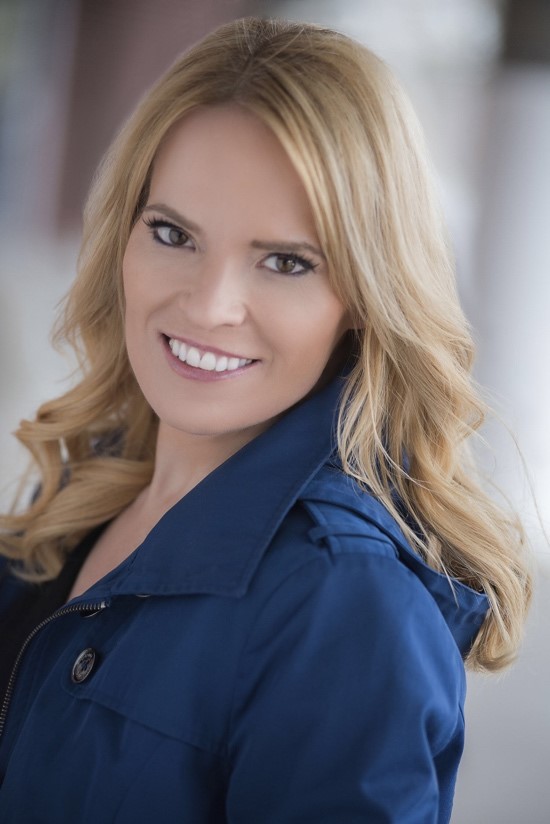
Photo: Susan Doupé Photography
Filed under: Uncategorized
About Robin Willis
After working in middle school libraries for over 20 years, Robin Willis now works in a public library system in Maryland.
ADVERTISEMENT
ADVERTISEMENT
SLJ Blog Network
Zachariah OHora on PBS
Cover Reveal and Q&A: Dusti Bowling’s Latest – The Beat I Drum (Apr 2025)
Kagurabachi, vol. 1 | Review
The Seven Bills That Will Safeguard the Future of School Librarianship
Gayle Forman Visits The Yarn!
ADVERTISEMENT

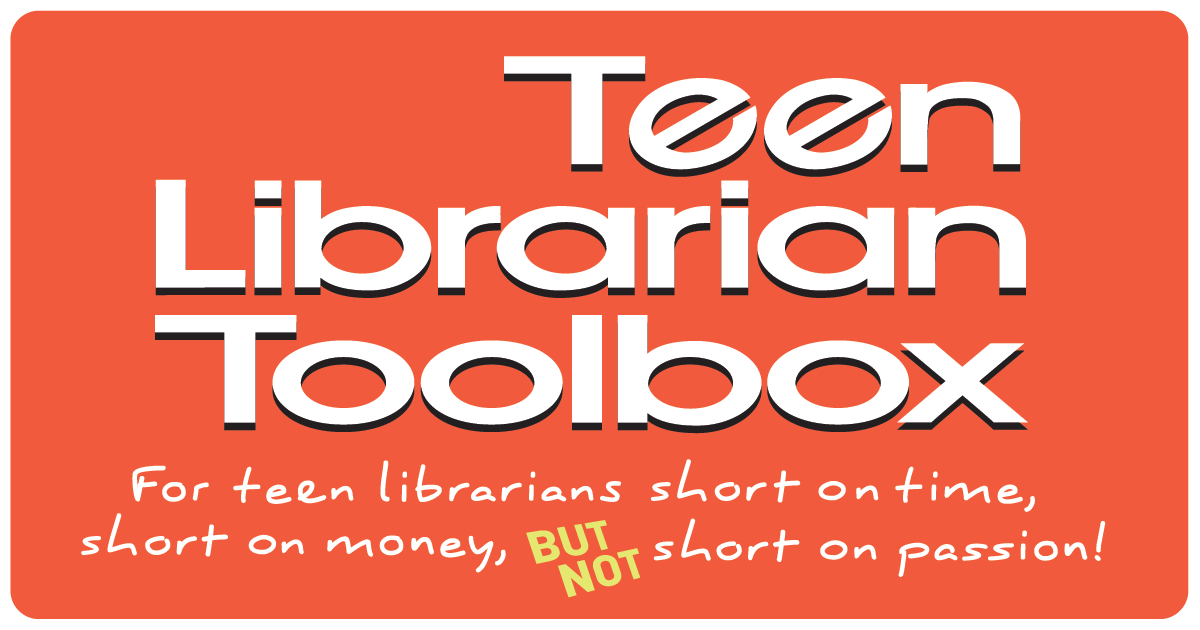

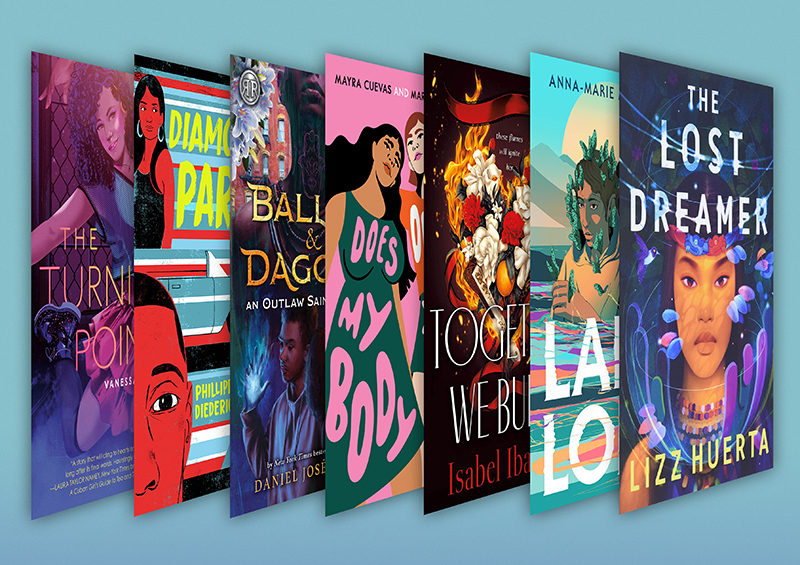
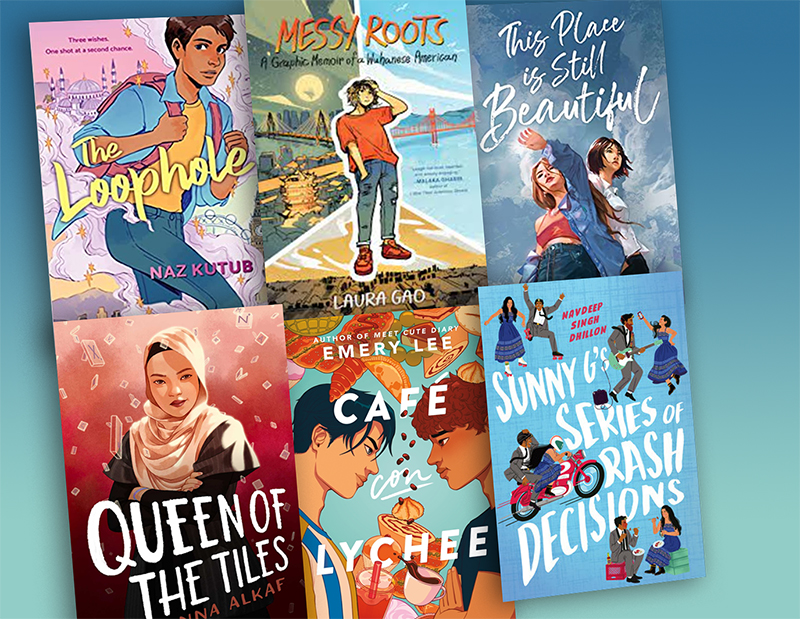
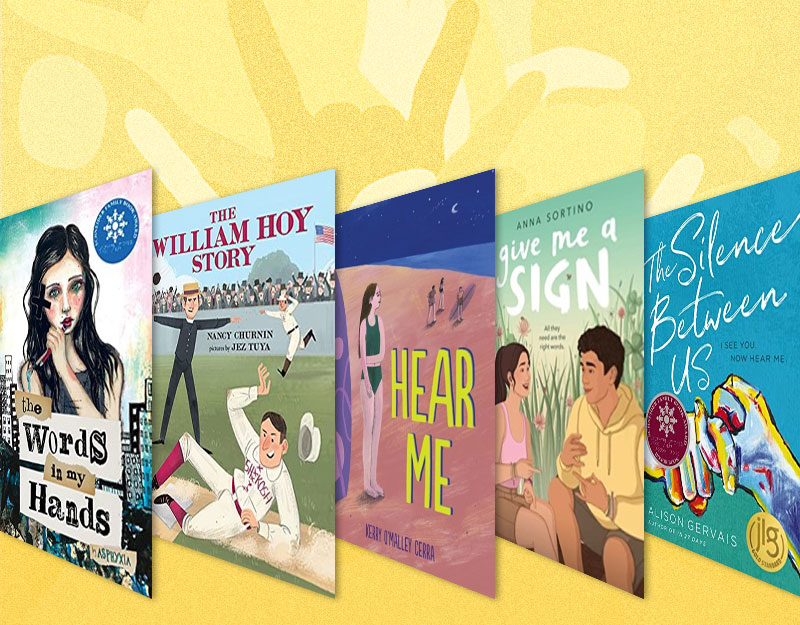
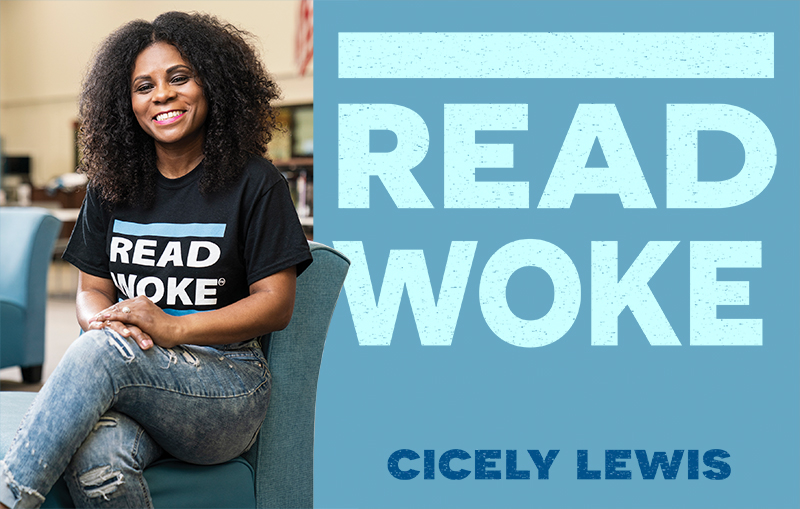
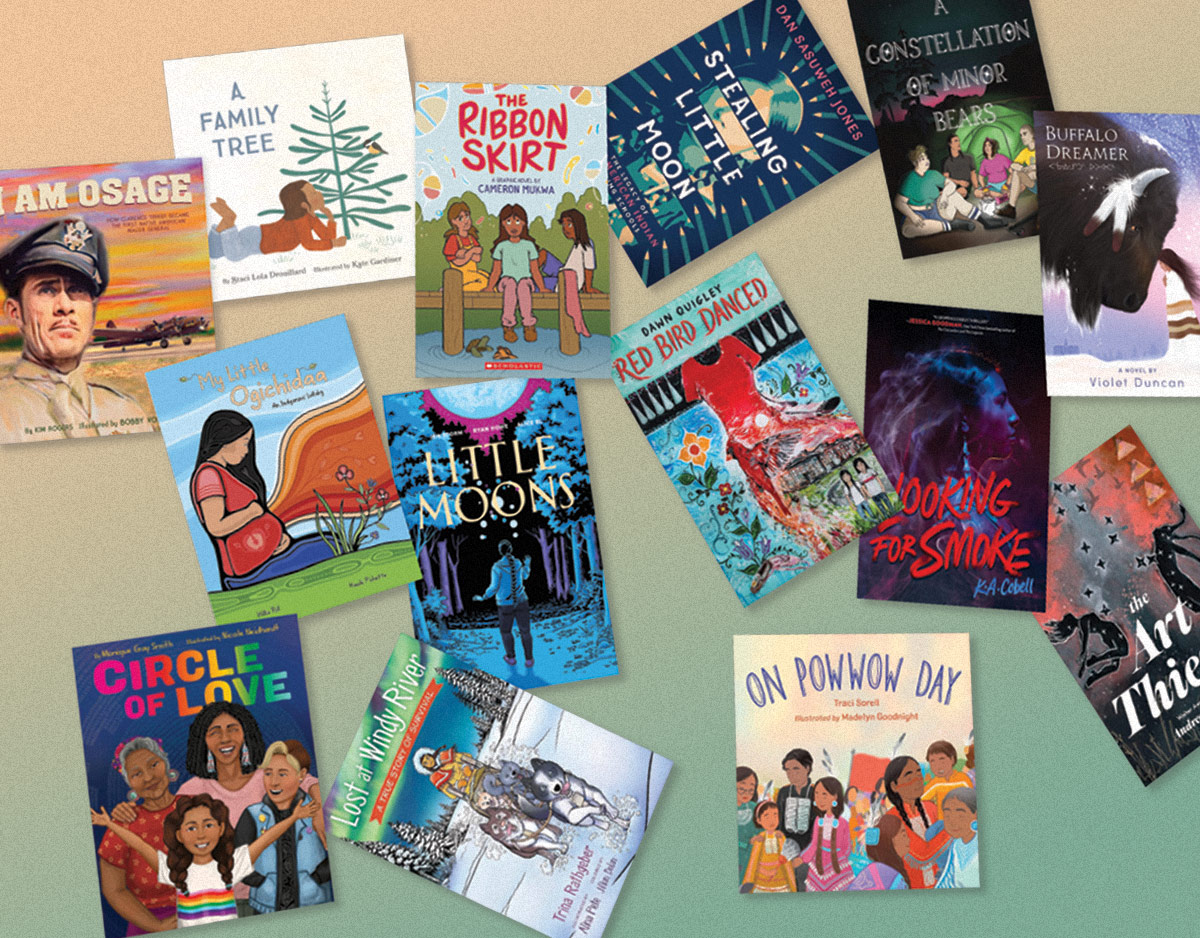
Thank you for sharing such valueable information